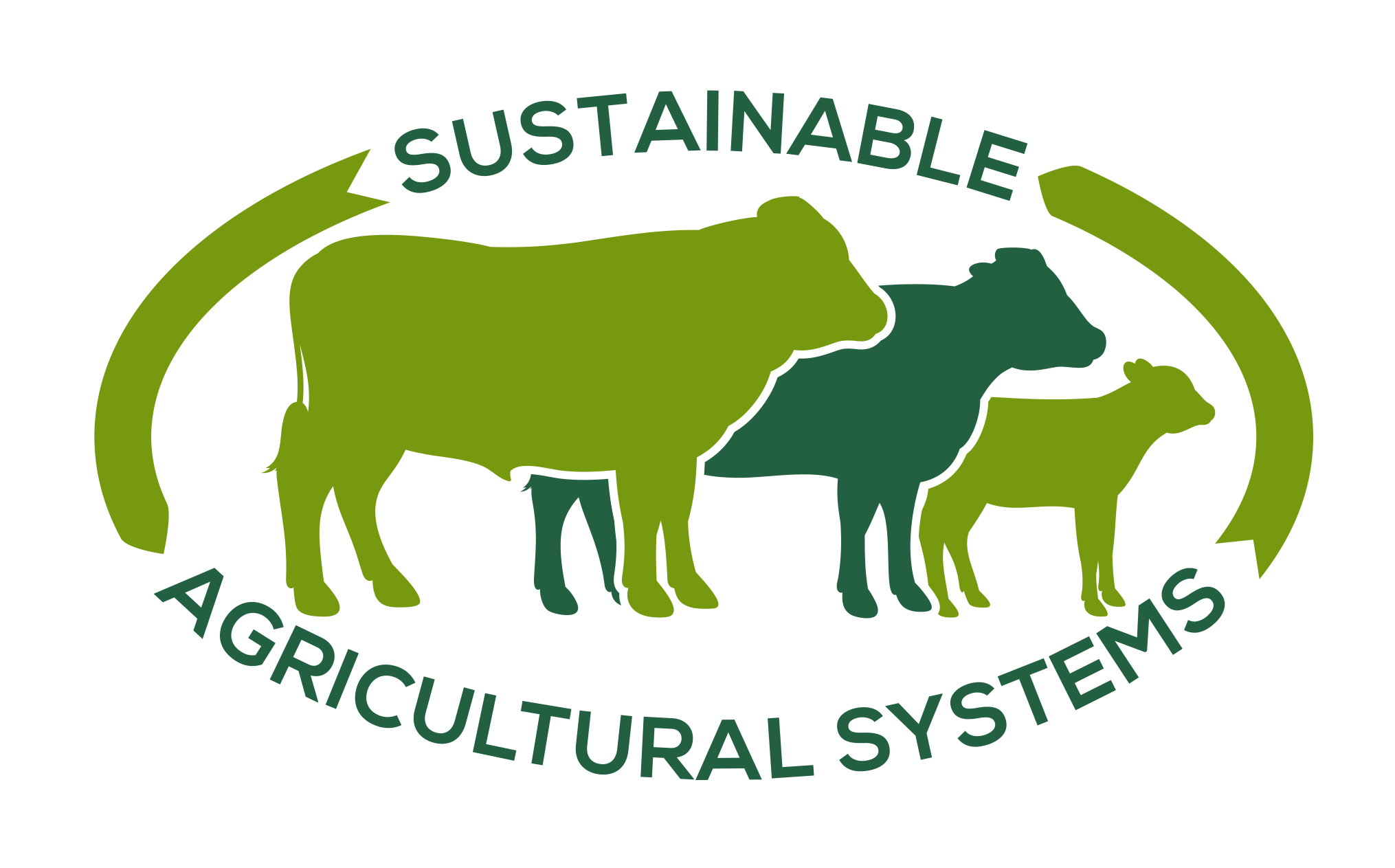June 6, 2018
“Personally, I’m thinking about number 10,000. A lot of people would say I’m dreaming. Well, they’d be right. I’ve been dreaming all my life, and I’m sure as hell not going to stop now.” – Ray Kroc
Credit: DeLaval
When Ray Kroc wrote the above statement in his 1977 biography, Grinding It Out, the McDonald’s Corporation was about to build its 5,000th restaurant. Today, there are almost 37,000 McDonald’s restaurants worldwide.
Developing a scalable business model is perhaps the greatest single factor in determining the growth of a company. It is also very difficult to replicate success in any business, without processes or systems.
Typically, this has been difficult to achieve in agriculture, due to the wedded nature of food production to the land, and the individualism of family owned farms.
However, in recent years, one of the common “feeding the world” clichés mentioned at almost every agricultural conference is, “we’ve got to produce as much food in the next 40 years as we have done in the past 10,000.” If this is indeed the case, scalable agricultural systems will be required.
The Importance of Systems
It is the business mentality that built McDonald’s and the Ford motor car company that is lacking in midstream agriculture.
Aside from the fortuitous timing of Henry Ford and Ray Kroc’s business ventures, both companies worked hard to develop consistent processes and systems. It was the systems approach applied to the production of affordable motor cars and fast food that ultimately enabled both firms to become highly successful.
SAS has taken a systems approach to dairy and beef production. The SAS System has been designed to be manageable and scalable.https://www.youtube.com/embed/J6oaK51hQRY?rel=0
Scalable, Not Large Scale
We believe the future of livestock agriculture lies in scalable farming, not large-scale farming.
As concerns over resource use, environmental impact, and animal welfare mount, it will become increasingly difficult to modify the mega-farm concept to meet these challenges.
The SAS System is a modular concept. Instead of expanding the size of an agricultural operation, SAS simply develops additional independent dairy and beef production “modules”.
Concentrated animal feeding operations (CAFOs) not only concentrate livestock, they also concentrate disease risk, resource use and manure.
In the unfortunate event of a cattle disease outbreak, the SAS System modular concept limits the disruption this would cause to the food supply chain and farm business viability.
For example, if a CAFO of 10,000 cows contracted foot-and-mouth disease (FMD), a complete herd cull may be ordered by the national animal health authority. The economic and food supply impact of this decision would be significant.
However, if 20 individual SAS Systems were in operation, and one contracted FMD, the other 19 continue to produce and generate income.
Risk mitigation is an important element of the SAS System. By operating multiple individual, high biosecurity production units, exposure to the following is greatly reduced:
- Disease outbreak
- Fire and water damage
- Supply chain disruption
- Total business failure
Once each new SAS System is commissioned, no other cattle will enter the unit. Operating a closed herd is a fundamental aspect of preventing disease outbreaks. The closed loop production system also guarantees traceability – cattle are born and raised in the SAS System before entering the food chain.
Edward Talbot

Recent Comments